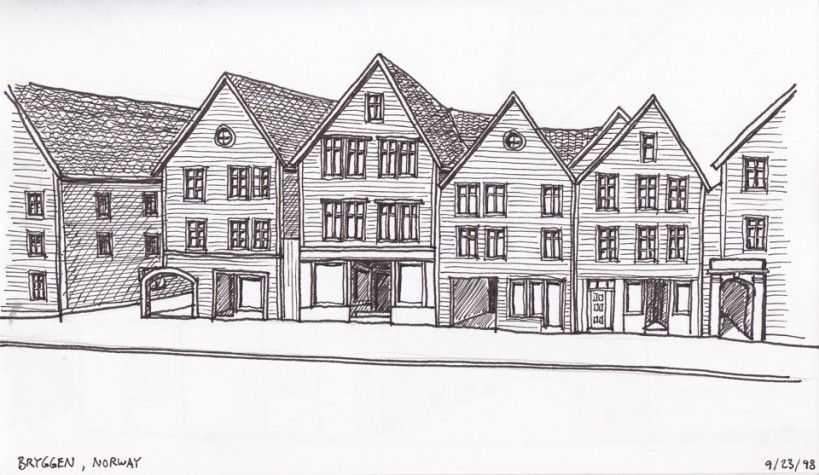Shades and Shadows
AIA DESIGN THEORY – December 2014
By Rebeccca Falzano l Photography by Nicole Wolf
Dave Matero on leveraging light to define spaces that are both pleasant and functional
Architect David Matero was raised in Norway, Maine, but it wasn’t until traveling to Norway the country that he witnessed firsthand how light could be well managed. “In a climate not unlike Maine, the Norwegians work hard at managing the sun with sunshades and screens, creating ever-changing shadows that move throughout the days and months,” says Matero. Sunlight is natural, and in Maine’s climate, harnessing that free light (and heat energy) is not only necessary, it’s responsible, according to Matero. In Maine especially, the sun always plays an important role in the perception of the day. Whether it’s natural or artificial, light is one of the most important elements to consider when designing a space. MH+D asked Matero to tell us more.
Q.What is the difference between shades and shadows?
A. Shade is the darkness of an object not in direct light, while shadows are the silhouette of an object’s shape on another surface. Created by the same light, shades and shadows react differently, and both influence how one perceives space, color, and feeling. Where shadows appear to have a constant color cast, shade can have a lessening intensity as light is diminished. The shading of a surface and the changing intensity brings out patterns and colors that transform throughout the day, helping to create a façade that can come alive. Creating motion in interior lighting is difficult, but these same principles are important to understanding its effect on the user as light can be bounced or grazed off surfaces.
Q. How do shades and shadows react to natural or artificial light?
A. The main difference between artificial and natural light is the ability to control artificial light and direct it where you want. A south-facing window with a properly designed sunshade can not only block direct sun (and therefore heat) during the summer, but will admit direct sun (and therefore heat) during the winter. The added bonus is the slowly moving and ever-changing shadows that are cast on the exterior throughout the day. While artificial light can do a wonderful job of creating a special space, if misused it can also completely ruin one’s experience. How often does one look forward to entering a space with a monotone light source from the ceiling? This prototypical lighting scheme is so even that very few shadows are created, making for a space with no character, which might be good for an operating room, but not for a restaurant. What if light were redirected to the perimeter and the walls were grazed to bring out the texture in the surface by the shadows cast by an irregular material? Or if light were illuminated behind a screen, casting a shadow on the wall? Many spaces can be enhanced with an understanding of how light and shadows can work together to create interesting and nonstatic environments.
Q. How do shades and shadows affect architecture?
A. While buildings are static objects, some of the more successful buildings have achieved a sense of movement or fluidity. As the sun travels across the façade, casting alternating highlights and shadows on the surface, the dynamics of how that structure sits in the environment is an important component of becoming a respected partner in its surroundings. At night this process is reversed, and the shadows are now created by artificial light outside or emanating from the fenestration. There is more of an exploration of windows pushed to the corners of structures in architecture today, a sort of study in balance over symmetry. This erosion of the corner pushes the boundary of inside to outside, thus making rooms seem larger. This counterpoint play between solid surface and fenestration can be enhanced with an understanding of how light will affect surfaces. It’s the understanding of the various components of light, shades, and shadows that help create special spaces.

